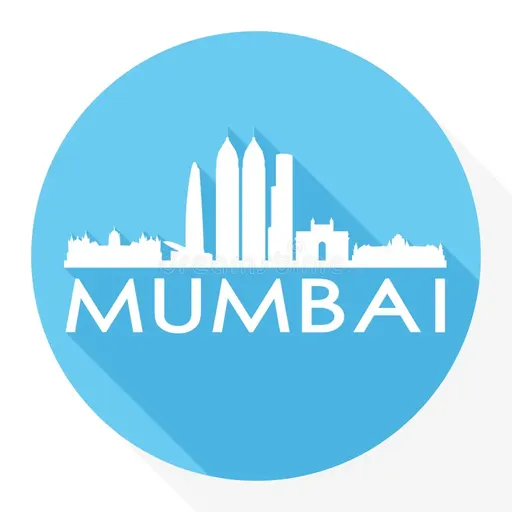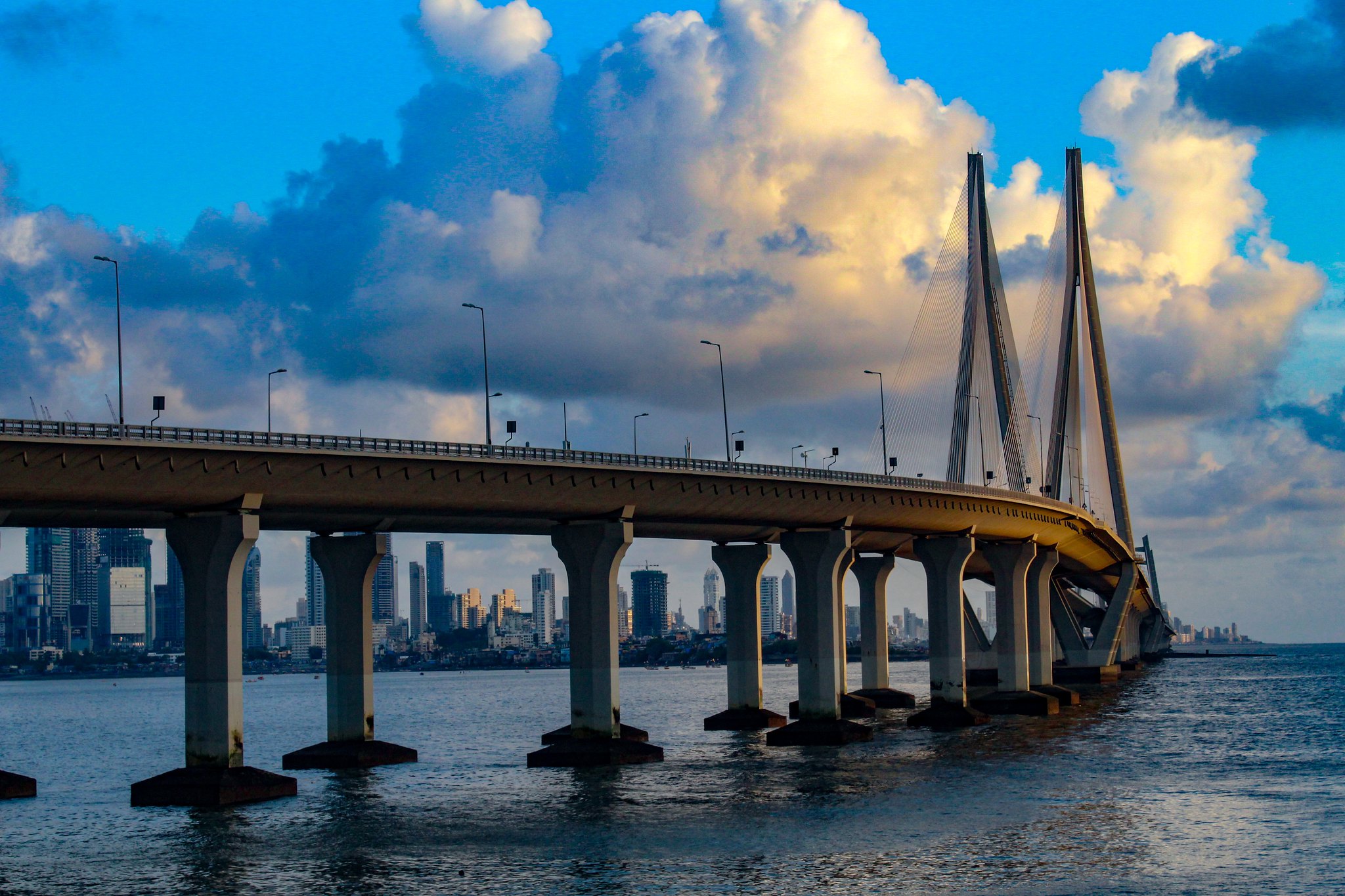The Bandra-Worli Sea Link, an iconic cable-stayed bridge spanning the Arabian Sea in Mumbai, has become an integral part of the city’s transportation network since its opening in 2009. As with any major urban thoroughfare, the sea link experiences distinct traffic patterns during peak hours, which can significantly impact commuters’ travel times and overall experience.
During the morning rush hour, the sea link sees a surge in traffic as thousands of Mumbaikars make their way from the western suburbs to the central business districts. The southbound lanes become a hive of activity, with vehicles inching forward in what often feels like a slow-motion dance. Despite the bridge’s eight lanes, the sheer volume of traffic can lead to congestion, particularly at the toll plazas on either end.
Interestingly, the traffic flow isn’t always uniform across all lanes. Savvy commuters have learned to navigate the sea link strategically, often favoring the leftmost lanes, which tend to move slightly faster due to fewer merging vehicles. Meanwhile, the rightmost lanes can become bogged down as drivers prepare to exit or merge onto connecting roads.
As the day progresses, the traffic patterns shift. The afternoon sees a relative lull, with smoother sailing for those lucky enough to traverse the bridge during off-peak hours. However, this respite is short-lived, as the evening rush hour brings a reversal of the morning’s chaos. Between 5 PM and 9 PM, the northbound lanes bear the brunt of the traffic as workers head home to the suburbs.
One unique aspect of the sea link’s traffic patterns is the impact of weather conditions. Mumbai’s infamous monsoon season can wreak havoc on traffic flow, with heavy rains reducing visibility and causing drivers to proceed with extra caution. On particularly stormy days, wind speeds on the exposed bridge can reach alarming levels, sometimes necessitating temporary closures for safety reasons.
Despite these challenges, many commuters swear by the sea link as a time-saver. The bridge cuts travel time between Bandra and Worli from 60-90 minutes to a mere 20-30 minutes under ideal conditions. However, during peak hours, this time-saving benefit can be somewhat diminished due to the heavy traffic.
To alleviate congestion, authorities have implemented various measures over the years. The introduction of electronic toll collection has helped reduce bottlenecks at the toll plazas, although cash payments are still accepted for those who prefer the traditional method. Additionally, traffic police are often deployed during peak hours to manage the flow and respond quickly to any incidents that may cause further delays.
Looking ahead, there are plans to further enhance the sea link’s capacity and efficiency. Proposals for connecting roads and additional lanes are in various stages of development, with the aim of easing the pressure on this crucial artery.
For now, regular users of the Bandra-Worli Sea Link have developed their own strategies for navigating peak hour traffic. Some opt for carpooling to take advantage of dedicated lanes, while others adjust their work schedules to avoid the worst of the congestion. Ride-sharing services have also become popular, allowing commuters to sit back and relax (or work) while someone else deals with the stress of traffic.
As Mumbai continues to grow and evolve, so too will the traffic patterns on the Bandra-Worli Sea Link. This engineering marvel remains a testament to the city’s ambition and resilience, standing tall against the backdrop of the Arabian Sea, carrying millions of Mumbaikars on their daily journeys, come rain or shine, peak hour or off-peak.
The Bandra-Worli Sea Link stands as a testament to Mumbai’s engineering prowess and urban development. This iconic cable-stayed bridge has significantly reduced travel time between Bandra and Worli, easing traffic congestion in the bustling metropolis. Beyond its practical benefits, the Sea Link has become a symbol of modern India, attracting tourists and serving as a backdrop for countless photographs and films. While its construction faced challenges and criticism, the bridge’s impact on Mumbai’s infrastructure and skyline is undeniable. As the city continues to grow and evolve, the Bandra-Worli Sea Link remains a crucial component of Mumbai’s transportation network and a striking reminder of the city’s ambition and progress.

